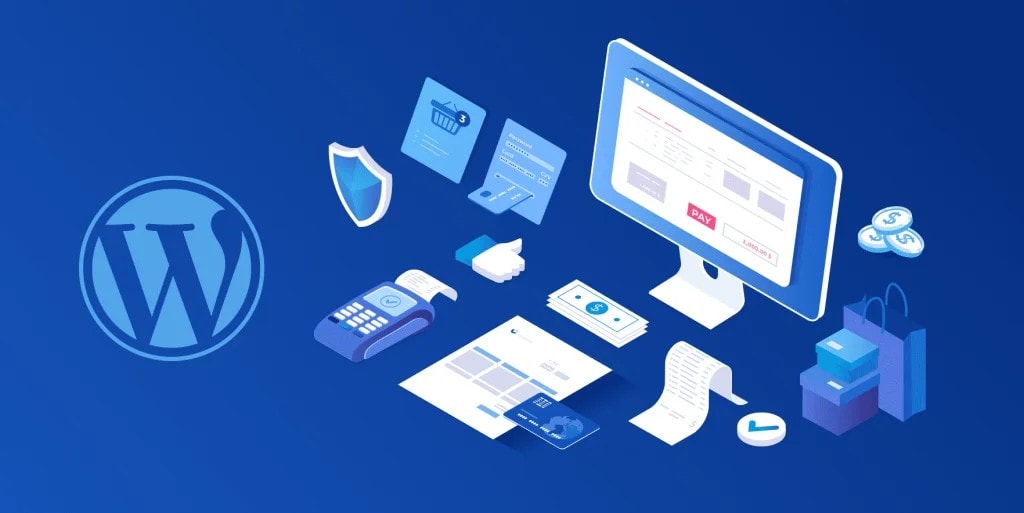We face web applications every day on a regular basis, from Google Docs to Spotify, so it’s safe to say that they have become an integral part of our lives. Sometimes we don’t even realize that we just interacted with a web app – but as soon as it starts behaving sketchy, we notice immediately. Sluggish performance, poor UX, or lack of responsiveness are among the biggest issues that many web applications have and they are also the main reasons for high bounce rates and low conversions. So how do you ensure that your web app meets all user expectations and works for you, not against you? See our list of top 7 most common web development mistakes – and don’t worry, we also provide actionable tips on fixing them!

Inconsistent or outdated code
Code is at the heart of any software product and it can be a number one source of potential problems. Especially with the rise of AI, some developers do not pay enough attention to the quality or consistency of their code. Hence, outdated, poorly structured, and inconsistent code leads to issues such as:
- Technical debt: when you don’t fix an issue immediately and leave it for later, the scope of such issues grows uncontrollably, leading to massive technical debts;
- Security issues: outdated code does not support required security patches and serves as one of the main sources of vulnerabilities;
- Poor performance and collaboration: cluttered and inconsistent code does not only complicate collaboration between team members but slows down the overall app performance.
To avoid the issue of poorly written code, we recommend partnering with an experienced IT provider like SoftTeco for high-quality web development services. In this way, you will be able to avoid the most common web development mistakes and web development challenges that many product owners face. Collaboration with a web development company also allows faster time-to-market and instant assembly of the team as well as post-launch app support.
How to fix:
- Follow coding standards and your in-house style guide
- Document the code to make it accessible and clear to everyone
- Use a reliable version control system to track changes effectively
- Perform regular reviews of the codebase
- Use linters for ensuring consistency
Poor SEO (or lack of it)
Search engine optimization helps browsers like Google see your website among hundreds of competitors and rank it. Good SEO means high visibility (such as top-10 search results), increased organic traffic, and increased number of website visitors. Poor SEO, on the other hand, will simply hide your website from users as the browser won’t rank it high enough.
How to fix:
- Check that all meta tags are in place and written correctly so the browser understands its content
- Ensure that your web application includes relevant keywords for easier search and better ranking
- Check that all URLs are working properly and none are broken or misleading
- Optimize the content of the app in terms of structure, use of relevant headings, etc.
Non-optimized images
Another one among the top web design mistakes is lack of image optimization. Images are a critical part of any web application, especially ecommerce websites. And while high-resolution images attract users and can sell the product, they can also negatively impact the app’s performance if not optimized correctly. If your images take forever to load, here is how to make things better.
How to fix:
- Compress your images for faster loading
- Use lazy loading to enable smooth performance and gradual image loading
- Use a CDN (Content Delivery Network) for effective load distribution
- Ensure the images match the platform’s dimensions and size
- Use the right image format (JPEG, PNG, WEBP)
Lack of responsiveness
Mobile-first design has become a staple for any application, especially since Google introduced a mobile-first approach for its ranking. Hence, it is critical that your web application performs and looks equally good both on mobile and web. Unfortunately, some developers ignore the importance of responsiveness. This leads to poor user experience, low ranking, and lost conversions.
How to fix:
- Ensure that you follow a mobile-first approach, meaning your app design is adapted to various screen sizes
- Test the app on different devices and platforms to check how it performs and looks and whether anything needs to be changed
- Optimize content of the app for faster loading and ensure the navigation is intuitive
- Use specialized tools to create responsive design, for example, Bootstrap framework
Sluggish performance

It’s common knowledge that seamless user experience encourages users to interact with your app while poor UX leads to lost customers and conversions. So if your web application takes too much time to load or has glitches and errors, your users will instantly notice it and will most probably leave the app and never come back. There are many reasons for poor performance: non-optimized images, feature overload, poorly written code, etc. So what can you do to speed up your website and improve user experience either when requesting web dev services or debugging independently?
How to fix:
- Review the code: remember we talked about the potential damage from outdated or inconsistent code? This might be one of the main reasons why the app has glitches or loads too slowly.
- Check if all plugins are necessary: the use of excessive plugins and third-party services can significantly slow down the performance of a software product.
- Use caching: this feature greatly helps when it comes to optimizing the content load process.
- Perform speed tests: regular performance of speed tests via specialized tools like GTmetrix helps monitor whether your app performs well.
Overlooked security
When creating a software product, it is critical to follow a security-first approach to ensure that the app is safeguarded against potential vulnerabilities and cyber attacks. Unfortunately, some developers tend to overlook the importance of cybersecurity or do not adopt it on all levels. As a result, the data that the app processes and stores can become compromised and leaked.
How to fix:
- Ensure robust authentication and authorization for app users
- Use data encryption for enhanced protection of sensitive information
- Perform regular security updates and checks and use security patches
- Use firewalls and malware scanners for extra system protection
Lack of cross-browser compatibility
When it comes to web applications, users normally expect them to run on various browsers – but sometimes, apps support only the latest versions or specific browsers. As a result, some users simply cannot access your application – and that means lost customers and conversions.
How to fix:
- Use specific testing tools like BrowserStack for better results
- Test the app across various browsers (throughout the development process)
- Try not to use browser-specific code.
Summing up
Web application development is a complex process that requires extensive expertise and a high level of skills and knowledge. Small but constant mistakes, overlooked security, poor code quality and other issues can lead to big problems in the future. To ensure a high-quality product from the start, it is important to build the whole development process around usability, quality, and security. This can be achieved by following security and quality standards and by constant testing. You might also want to consider professional web development services for better time and resource management. Also don’t forget to review and check the app after its release so no unexpected issues impact user experience and the app’s performance.

